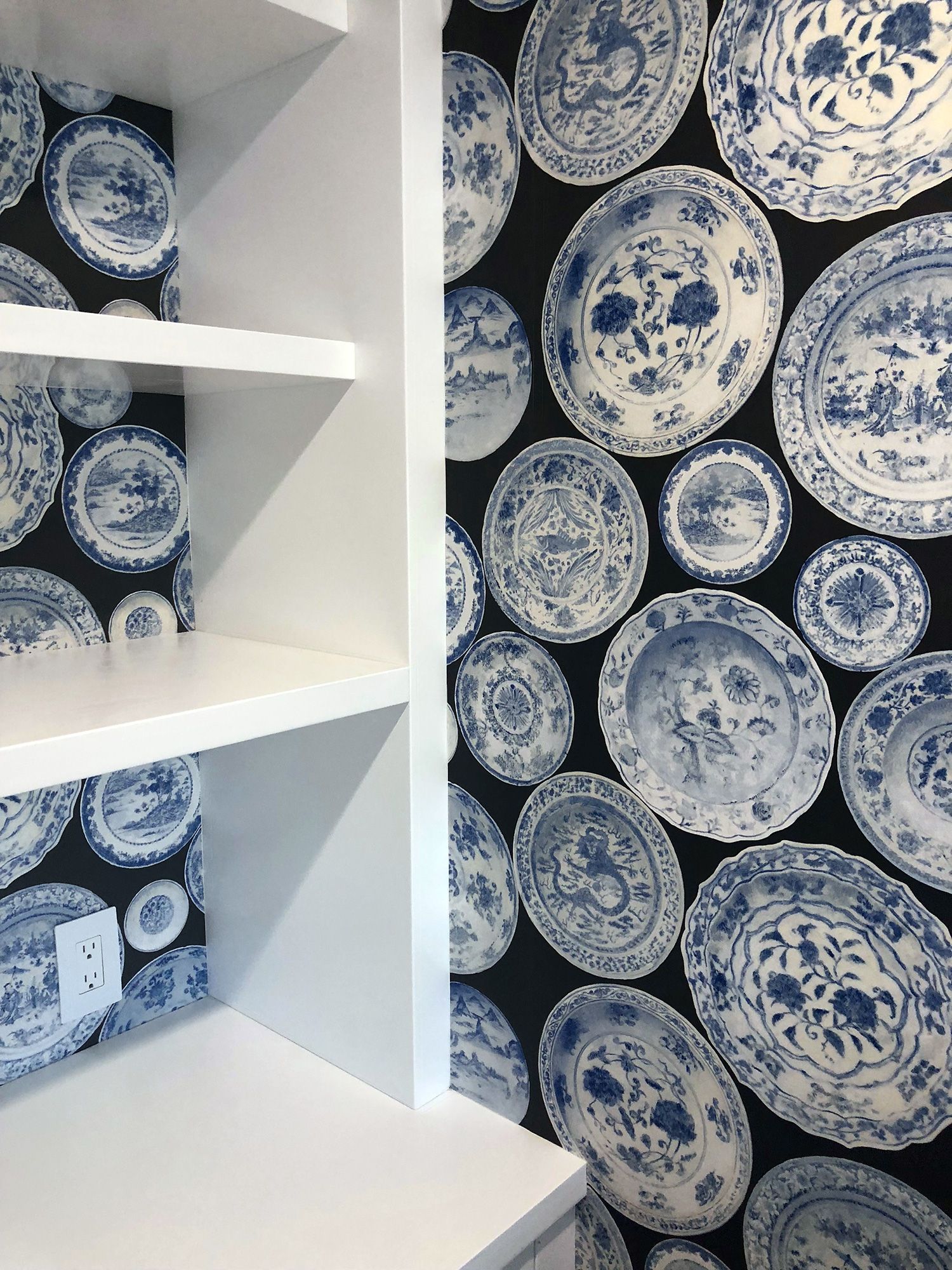
What to Keep in Mind When Painting Your Naples, FL-Area Ceiling
If you’re repainting the interior walls of your Naples, Florida-area home, you’ve probably looked up and decided to paint the ceiling, too. This certainly makes sense because the bright look of your freshly painted walls might be offset by the contrast of older paint above it. However, painting ceilings presents much more of a challenge than walls, and those lacking experience with the task often encounter problems and have difficulty creating a smooth finish. But don’t let that stop you, as the professionals at Naples-based FCI Painting have tips for you on making sure the job flows smoothly and produces professional-looking results.
The Difference Between Ceiling Paint and Wall Paint
When it comes to painting the ceiling, some amateur painters make the mistake of using the same type of latex-based wall paint for the ceiling. This is not a good idea because the low viscosity of wall paint can lead to significant drippage onto the floor below. Ceiling paint is thicker and stickier than wall paint, making it more adhesive and much less likely to drip while being applied.
Types of Ceiling Paint
You will need to consider which type of ceiling paint to use based on room function and potential humidity levels. Flat acrylic ceiling paints, which do not reflect much light, work best for rooms with low humidity levels. Because flat paints are more prone to staining, cracking, or chipping when exposed to high levels of humidity, they should not be used for bathrooms, laundry rooms, kitchens, or other spaces that tend to be humid. Satin sheen acrylic and semi-gloss acrylic ceiling paints are the best choices for rooms exposed to humidity.
As for color, most people tend to use white shades of paint because they increase a room’s brightness and make it look larger than it really is. For a refined, elegant appearance, people choose hues that are lighter than the walls, while paint shades darker than the walls create a cozy, intimate atmosphere. You can also go against the norm by choosing a colorful paint if you want to showcase your distinctive sense of style.
Other Considerations
If you’re planning to paint your walls, too, start with the ceiling so that you can correct any splatters when you paint the walls. You may want to hang plastic sheeting over your walls if you’re not planning to paint them, and cover windows and doors, as well. If your ceilings have texture, you’ll need to use a thick-nap roller and more paint. You can also buy a fine, medium, or course paint texture additive that you mix with the paint to match the ceiling’s texture.
Ceiling Painting Prep Work
Prep work needed for a ceiling paint job doesn’t differ all that much from other painting projects, though gravity creates a drip zone that requires a bit more protective cover than may be needed for other jobs. Tools and supplies required for the task include:
- Primer
- Ceiling paint
- Paint stirrer
- Painter’s tape
- Paint roller
- Paint tray
- Paint roller extension pole
- Angled paintbrush
- Spackle
- Sandpaper
- Canvas drop cloth or plastic sheeting
- Stepladder
Begin your prep work by removing furniture and other items from the room. Cover the floors and anything left in the room with a canvas drop cloth or plastic sheeting. Make sure you clean your ceiling by removing dirt, dust, and cobwebs and fill any cracks or holes with spackle. If the ceiling has any rough spots, you can smooth them out with sandpaper, but make sure you vacuum the area to remove any resultant sawdust. For optimal paint adhesion, consider lightly sanding the entire ceiling.
Remove any light fixtures, fans, and smoke detectors on the ceiling or protect them with painter’s tape. Use two-inch painter’s tape along the seams between the ceiling and walls.
When you finish all of this prep work, you can apply the primer. If your ceiling has any stains, use a stain-blocking primer, and if your ceiling has a texture, use a high-build primer. Apply the primer in the same manner you will apply the paint, as described below.
Get Painting!
Now comes what we consider the easy part—the actual painting. Start by “cutting in,” which means using an angled paintbrush to paint the corners and edges between the wall and ceiling. It helps to brush in ten linear-feet sections and then follow up by rolling each section while the brushed paint is still wet and can blend well with the rolled paint.
Once you’ve finished the corners and edges, paint the rest of the ceiling in three- to five-feet sections. Overlap your rows for better paint blending and roll in various directions to help obscure overlap marks. If any drips form while completing a section, use a damp cloth to wipe them off.
If the job needs a second coat of paint, make sure you let the first coat completely dry. Once you finish, wait until all of the paint is dry before removing painter’s tape and other protective covering. When you’ve put away your painting supplies and put the room back together, you can pat yourself on the back for a job well done!
Or Consult with a Professional Naples, FL Painting Company
You can also bask in the pleasure of a freshly painted ceiling by hiring a professional. FCI Painting has more than 25 years of professional experience painting interiors in the Naples, Florida, area. For all your painting and related property maintenance needs, contact FCI Painting online or call us at (239) 435-1001.













